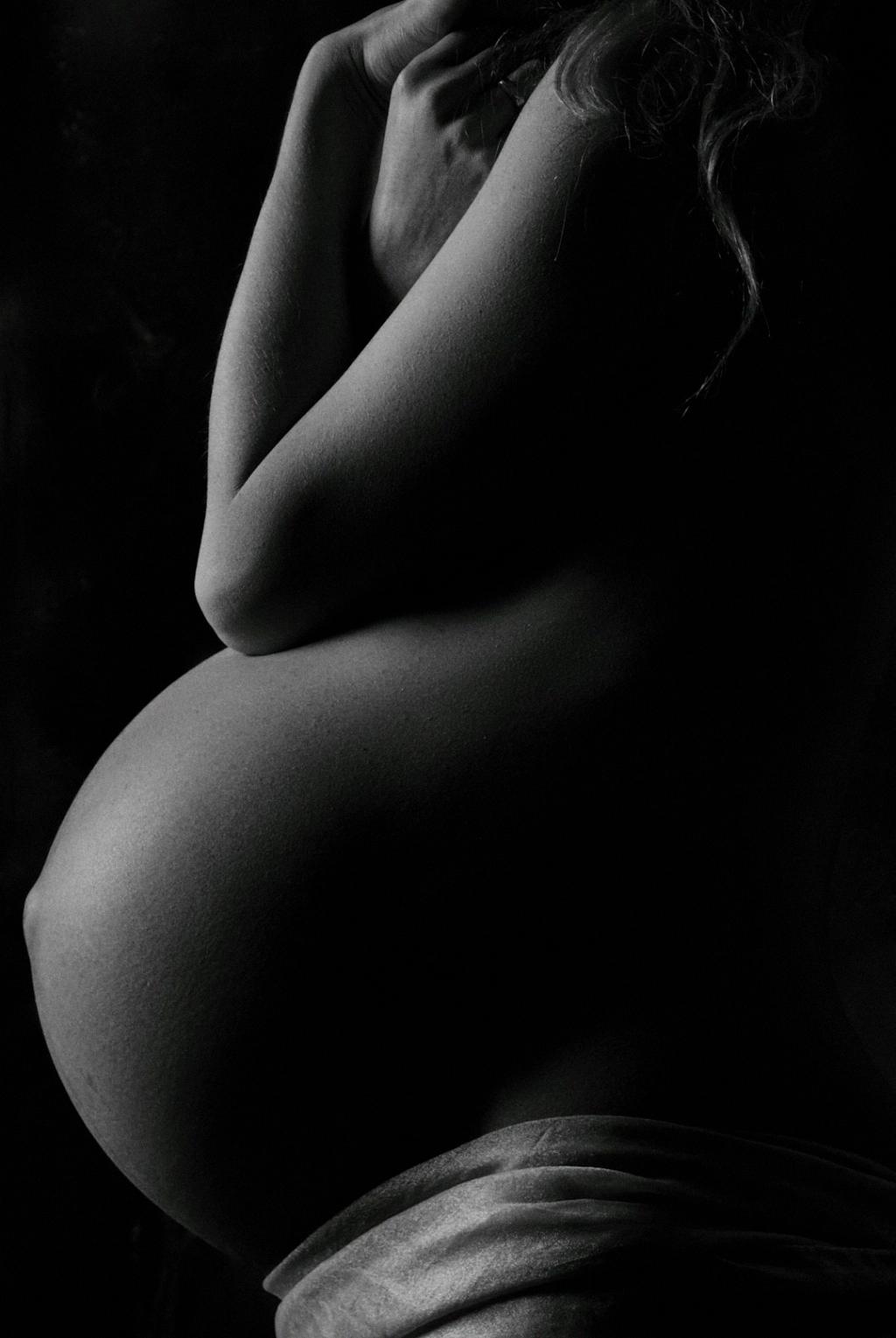When it comes to issues with urinary control, it is essential to know that there are distinct types of incontinence that individuals may experience. These types vary in their causes, symptoms, and treatments, making it crucial to differentiate between them for proper management. Let’s delve into the four main types of incontinence that individuals may encounter.
1. Urgency Incontinence
Urgency incontinence, also known as overactive bladder, is characterized by a sudden and intense urge to urinate, leading to involuntary leakage before reaching the restroom. This type of incontinence is often related to abnormal bladder contractions and can significantly impact an individual’s quality of life.
2. Stress Incontinence
Stress incontinence occurs when physical activities such as laughing, sneezing, coughing, or exercising exert pressure on the bladder, causing urine leakage. Weakness in the pelvic floor muscles or urethral sphincter dysfunction are common causes of stress incontinence, particularly in women, especially after childbirth or menopause.
3. Functional Incontinence
Functional incontinence is not directly related to bladder or urinary tract issues but rather to physical or cognitive impairments that hinder an individual’s ability to reach the restroom in time. Conditions such as mobility issues, arthritis, or dementia can contribute to functional incontinence, making it essential to address the underlying challenges.
4. Overflow Incontinence
Overflow incontinence occurs when the bladder is unable to empty completely, leading to frequent dribbling or continuous urine leakage. Blockages in the urethra, weak bladder muscles, or nerve damage can hinder proper bladder emptying, resulting in overflow incontinence that necessitates prompt evaluation and management.
Treatment Options and Management
Fortunately, there are various treatment options available for individuals experiencing different types of incontinence. Behavioral therapies such as bladder training, pelvic floor exercises, and lifestyle modifications can be effective in improving symptoms. Medications, nerve stimulation techniques, and in severe cases, surgical interventions may also be recommended by healthcare providers to address specific underlying causes of incontinence.
Seeking Professional Guidance
If you or a loved one are struggling with urinary incontinence, it is crucial to seek professional guidance from a healthcare provider. A comprehensive evaluation can help determine the type of incontinence you are experiencing and tailor a personalized treatment plan to address your unique needs and improve your quality of life.

